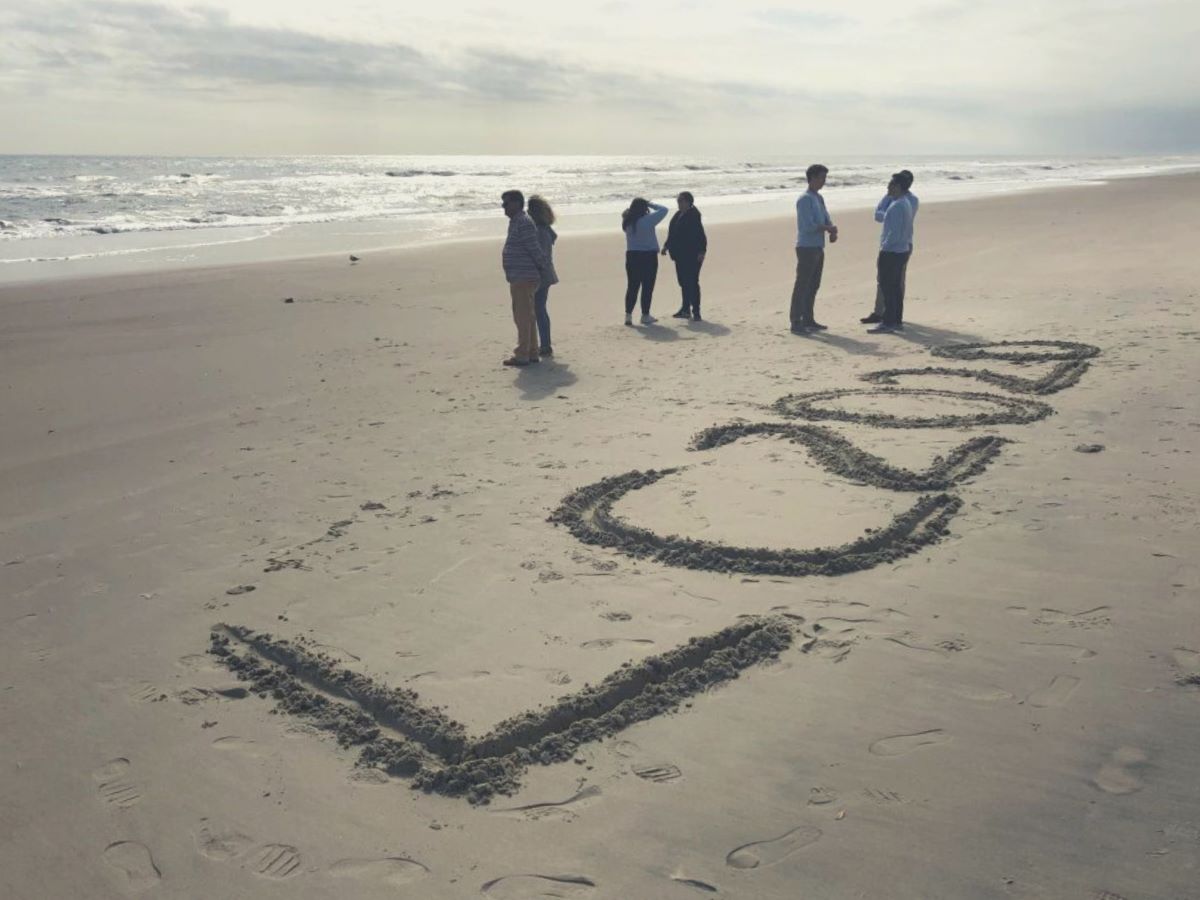Cooperative Growth — 5 Min Read
Creating the podcast: software
By Jack Ware
Cooperative Growth — 5 Min Read
Creating the podcast: software
By Jack Ware
If you’ve ever wondered how a couple of self-proclaimed amateurs do such a professional sounding job, my first response would be, “How dare you!” But my second response would be, “It’s the software we use.”
What you’re actually noticing is known as “production value.” For a podcast, as far as I can tell, it comes down to: It sounds good, it’s well put together, and it shows up reliably in all the places people expect to find a podcast.
It sounds good: You’ll know it when you hear it, but there are some subtle elements. People speaking must be clear and understandable, but also, they should sound a certain way we expect people to sound “on the radio.”
It’s well put together: In our case, it means there should be a distinguishable narrative thread and theme that runs through it. It should have a consistent pace. And there should be consistency not only within the episode but throughout the episodes and seasons.
Where people expect to find podcasts: This one is easy to overlook, but if you think about it, how do you get your podcast to show up everywhere? With the right tools, it’s actually pretty easy.
Hindenburg. Yes, that Hindenburg.
Admitting to ourselves that we were, in fact, amateurs drove many of our decisions. The idea was that we would struggle enough with the simple things, so we need to do all the favors we can for ourselves. That made Hindenburg Pro the obvious place to start. From their website:
It needed to be simple, intuitive, reliable, affordable, but most importantly, it needed to meet the unique needs of audio storytellers.
And they’ve certainly accomplished that. We really couldn’t be happier with the choice. If I was going to add one word to the list above it would be “forgiving.” Since it’s lossless, there’s no risk. The audio you put into it is completely unchanged but out the other side comes a completed podcast. It’s magic.
So what does it do? It is the software you use to move all the pieces around, put music in the background, add an intro and outro, and many other things that make the podcast sound like we know what we’re doing. Look over their site; they do a great job of explaining it.
Given the nature of this particular podcast and the idea of community, we did give some consideration to the businesses we were working with where possible. Hindenburg as an organization did not disappoint.
Hindenburg began from the community radio experience in Africa, and we are happy to make our products available at low and no cost to those same communities, as well as to non-profits worldwide. We are proud of our products, but we are even more proud of the community that uses them to tell thousands of new stories every day.
It makes it just a little bit easier to pay that modest monthly fee knowing somewhere a non-profit might be catching a break. At the time of writing, the fee we pay is $15 a month.
Home Sweet Podcast
Like anything on the Internet, your podcast has to live somewhere. This is generally known as hosting. Podcast hosting has different features than your standard website hosting. We decided on Podcast.co, and we’ve got no complaints. I don’t mean that to sound blah. It’s just that there are a lot of options, and it’s not very obvious what advantage one has over another. At the end of the day, hosting should be something you don’t really think about. It should ‘just work’ and podcast.co does.
When we started to make the decision we’d already decided on Hindenburg Pro, so we looked to them to see who they integrate with. Again, trying to make it easy on ourselves where possible. It turns out they integrate with a lot of hosting companies. This is important because it allows us to publish the podcast without leaving the Hindenburg Pro software. That may not sound like much, but it is a nice convenience.
Podcast.co provides us with statistics on how many people listen to each episode, and they make sure the podcast is available everywhere people stream podcasts. They guide you though setting up the various accounts and provide feedback to let you know it went where you wanted it to go. Not surprisingly, the big ones are Apple Podcast and Spotify, but it also publishes our little podcast to lesser-known providers like TuneIn and Pocket Casts to make sure everyone who wants to hear it has a chance to without having to jump through hoops.
Unlike hosting for a website, the podcast hosting has to be very fast so listeners don’t experience the dreaded buffering. Podcast.co seems to do the job very well. And as long as we stay below the 15,000 downloads a month it only costs us about $20 a month. We’re in the hundreds for monthly downloads now, which is respectable. And you never know when something might catch on. That’s the beauty and excitement of doing something like this: you try and do something well and maybe people enjoy it and tell their friends.
So Much Gravy….
So those are the two big ones: Hindenburg Pro and Podcast.co It’s really nice that they rhyme but it takes a bit more to really put out something amazing.
Envato Elements
This isn’t strictly software, or even limited to the podcast. The fact is, we’ve been using this online service for years. They provide royalty free and licensed content, like the seagulls at the beginning of episode one or the sad trombone in episode two, both from Envato Elements. Not to mention the busy restaurant background that helps mask the less-pleasing actual busy restaurant sounds. The music clips are all from here. But more than that, some of the images and fonts on the EPIC Carteret website are from here. It really is a resource that can make your projects look more professional. And everything is on the up-and-up, so no one is having their content used by us without their permission and compensation.
Canva
If I’m not mistaken the episode cover art was done in Canva. Autumn takes care of most of the wonderful visual stuff. Canva launched around the same time as she started Aware Copywriting. She’s been using it for a long time and encourages others to use it.
Chat GPT
I know AI is a big scary monster to many. But working in IT as I do, and working with so many diverse industries, as Autumn does, we were not surprised or frightened by its emergence into the mainstream. That being said, it is a tool like like a search engine or a dictionary. Sure, not everyone needs or wants a dictionary, but they do exist, and you can choose to use them or throw them out the window. We fall distinctly on the side of using AI and ChatGPT as tools to get things done and will do so until such time as our robot overlords instruct us not to. AI can be used for brainstorming, data analysis, project management – the uses are limitless enough that we’ll just address some of them in a future tech-focused post to keep this read short.
It takes more than software to make a podcast with production value people respond to.
There’s more to podcasting than software and hosting; first, there needs to be a recording to turn into a podcast. The next installment of this series we’ll review the hardware we use. From microphones to digital audio recorders, we’ll tell you what we use and why. We’ll also go over some other more guerilla podcast options and we’ll share our dream rig.
As we go over these technical details, it is important not to get too bogged down in them. Remember, this is just how we’re doing it. Your podcast setup might look completely different, and a great story can make up for many shortcomings in production value. What matters is getting something out there that you can be proud of, and that will look different for different people.
We want to encourage everyone with a desire to create, to create. In this instance, we’re talking about podcasts, and we’re working on ways to remove some of the burdens we stumbled over when going it alone. We’re not sure what that will look like yet, but we’ll be sure to let you know as soon as we do.





Such magic!